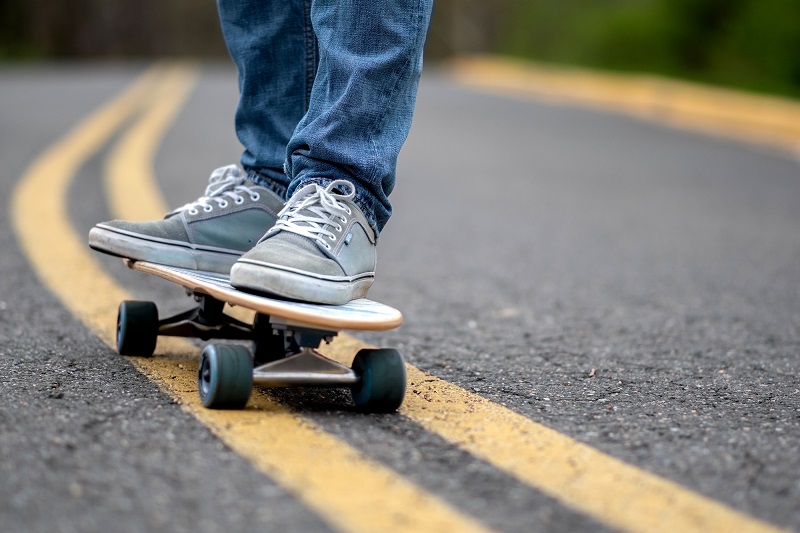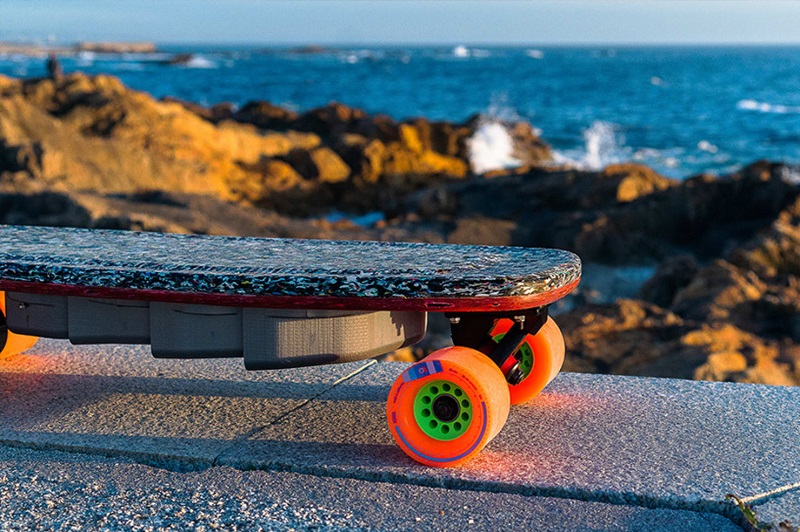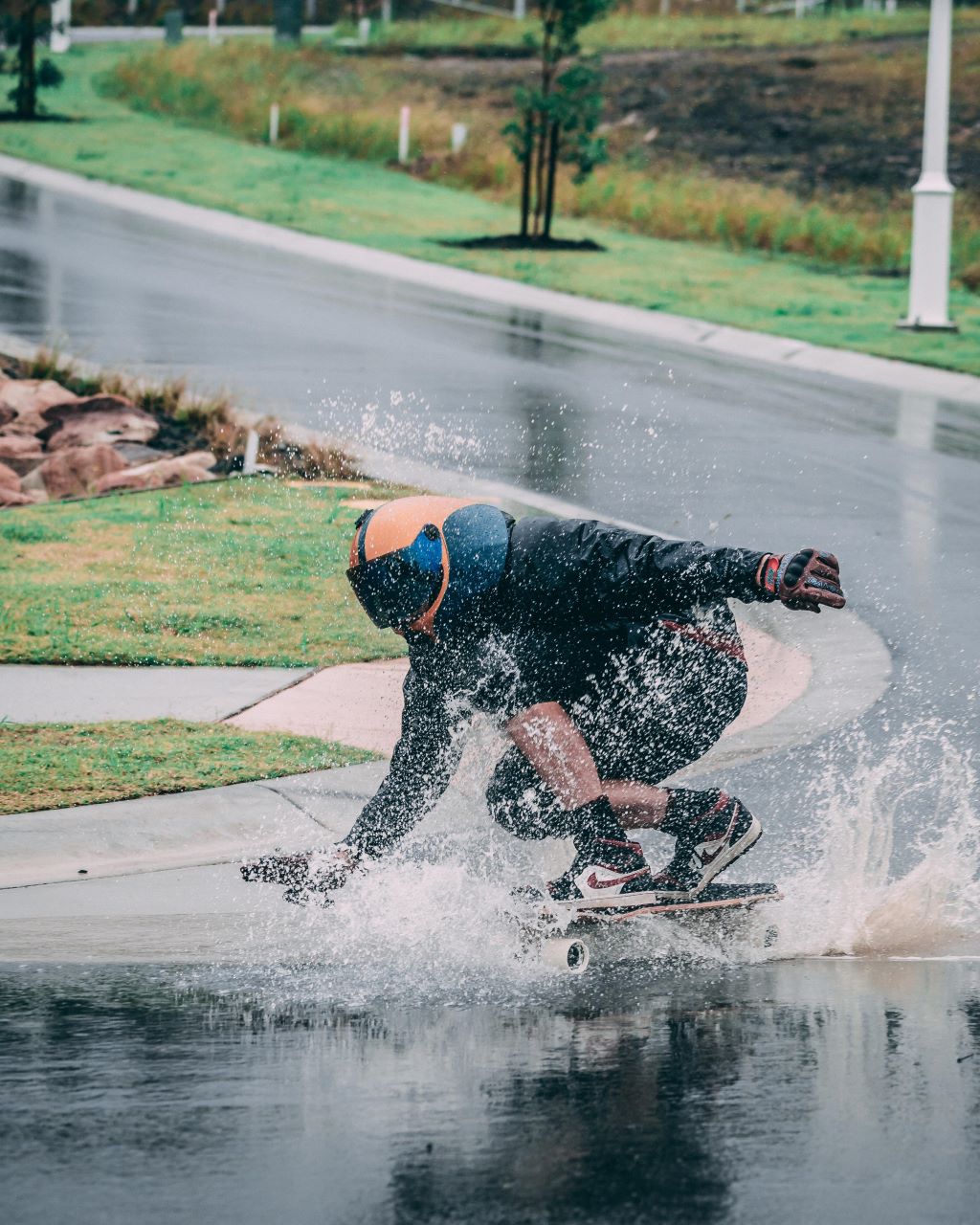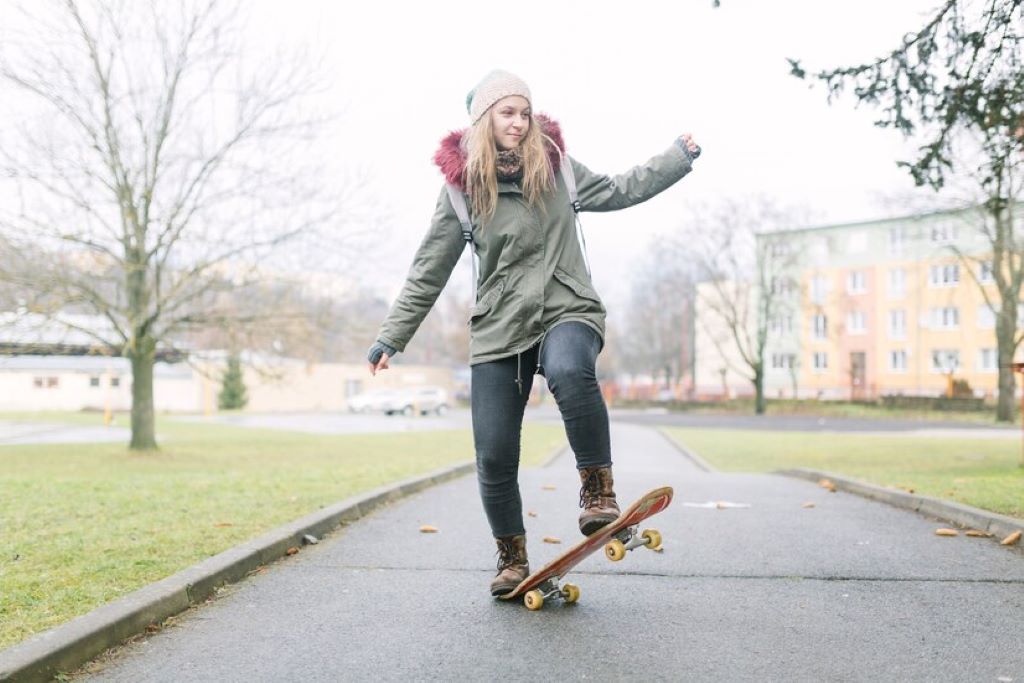Those who have been fascinated by this sport will probably be wondering how and where it can be practiced and what benefits it entails. Skateboarding is a very dynamic sport that requires quick reflexes, good coordination, flexibility, and control of movements. By practicing it, you learn to fall and even tolerate pain when it occurs following a fall, although any budding skateboard, with a bit of wisdom in his head, knows how important it is to wear the appropriate protection for knees elbows, wrists, and head.
How to get started?
To get started, the first thing you need to get is a board and protection. A skateboard d board can have different sizes and be declined for one style rather than another. The classic boards have rounded tip and tail (in jargon, nose and tail) and are tilted sideways. As a rule, these boards are 80 cm long and 40 cm wide. As for the protection, if you are a novice, the fall is just around the corner. For this reason, it is advisable to wear a helmet (which must adhere perfectly to the head), knee pads and protections for the wrists and elbows. There are also specific shoes for practicing this sport, made in such a way that they guarantee a perfect grip on the skate to prevent the ankle from making incorrect movements.
Location
At this point, all you need to do is find a place to practice this discipline. Initially, a concrete driveway on a flat surface can be ideal for getting started with the board. Later you can start going to a skatepark.
The basic movements
By observing, you learn. The ideal is to start with an already practical friend who can explain how to move well on the table and advise you in the best possible way, but above all a friend to observe in order to learn the fundamentals of this sport. The first step is to learn the correct posture on the board, placing your feet well on the skateboard, flexing your ankles and shifting your body weight every time you take a turn.
If you tend to push the board with your right foot, it means that you are in a regular position. Otherwise, if you push with your left foot, it means that you are in a goofy position.
Reasons to start skateboarding
The benefits of skating are many and they have to do with our general skills, which go beyond the sport. For example, it helps fight stress, improves balance, makes you more patient, and increases the pain threshold and flexibility. But it also burns a lot of calories.
Going with the skateboard is a lifestyle, a philosophy, a culture, an art form and yes, even a sport, so much so that it is thought to introduce as a demonstration discipline at the Tokyo Olympics.
A sport not only for kids but to be practiced all your life, from when you are a child and at any age, and with numerous benefits for the body and mind.
1. Skating burns calories
It is not easy to calculate exactly how many calories you burn in 1 hour of skateboarding: using the board to stroll around is different from doing it in a skatepark, complete with acrobatic tricks, but in short, from a minimum of 150 to a maximum of 500 calories per hour. Nevertheless, it is a substantially correct estimate.
2. Skating improves endurance
Of course, it happens with all more or fewer endurance sports. But skateboarding has an advantage: you can do it practically non-stop. You can use the board for training as well as for getting around and basically. It’s a very fun way to keep fit.
3. Skateboarding improves flexibility
Skateboarding is a matter of balance and coordination and involves every muscle, from the feet to the shoulders and up to the head: you push with your legs, use your pelvis and core, move your arms and in the end, it is a continuous movement of balance and coordination that improves flexibility.
4. Using the skateboard deck improves coordination and accuracy
Intuitive: you try a trick, you don’t succeed, you try it again, you change something and you try it again, and so on in a continuous process of learning by trial and error and of the relationship between what you see, proprioception and what your body does that in the end it exponentially improves coordination and precision of movements. Two qualities are useful in every aspect of life as well as in all balance sports, from snowboarding to surfing and paddling.
5. Skateboarding raises the pain threshold
Falling is inevitable: blows, scratches, bruises, and cuts are the order of the day for every skateboarder, but in the end, the fun is always greater and so you learn to live with pain, raising the threshold.
6. Skating teaches you to fall
It sounds trivial, but there is also a way to fall and avoid getting hurt too much. It concerns coordination, proprioception, and acrobatic skills. In the end, by dint of falling, you learn not to fall but also to fall without getting hurt, knowing where to put your hands and feet and how to cushion the impact of the body with the ground.
7. Skating reduces stress
This is especially true for adults, stressed by the too many demands of modern life. After all, going with the skateboard is like being a kid again, forgetting the daily obligations for a few hours, and immersing yourself in pure fun. And then, like all sports that require concentration and attention, it abstracts you from the rest, giving you moments of pure focus. And this is the secret to unwinding and reducing stress.
8. The skateboard deck makes you patient
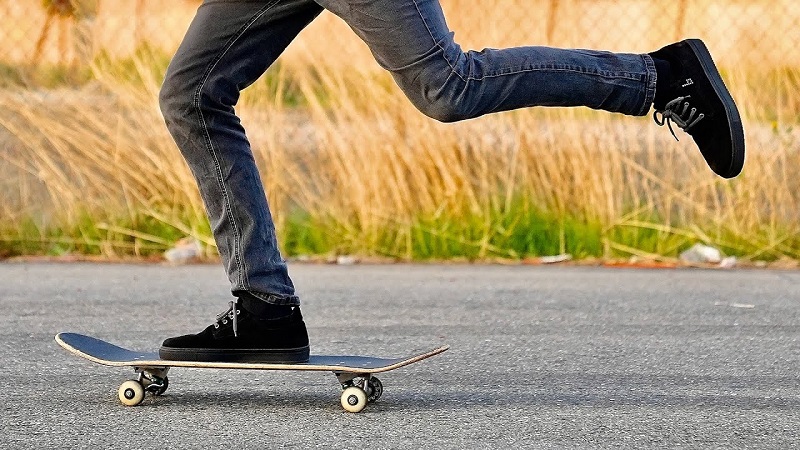
It is the consequence of attempts to learn new tricks: try and try again. You learn to be patient and face something that you cannot do, which is not immediate and requires calm, patience, method, and step approach by step.

